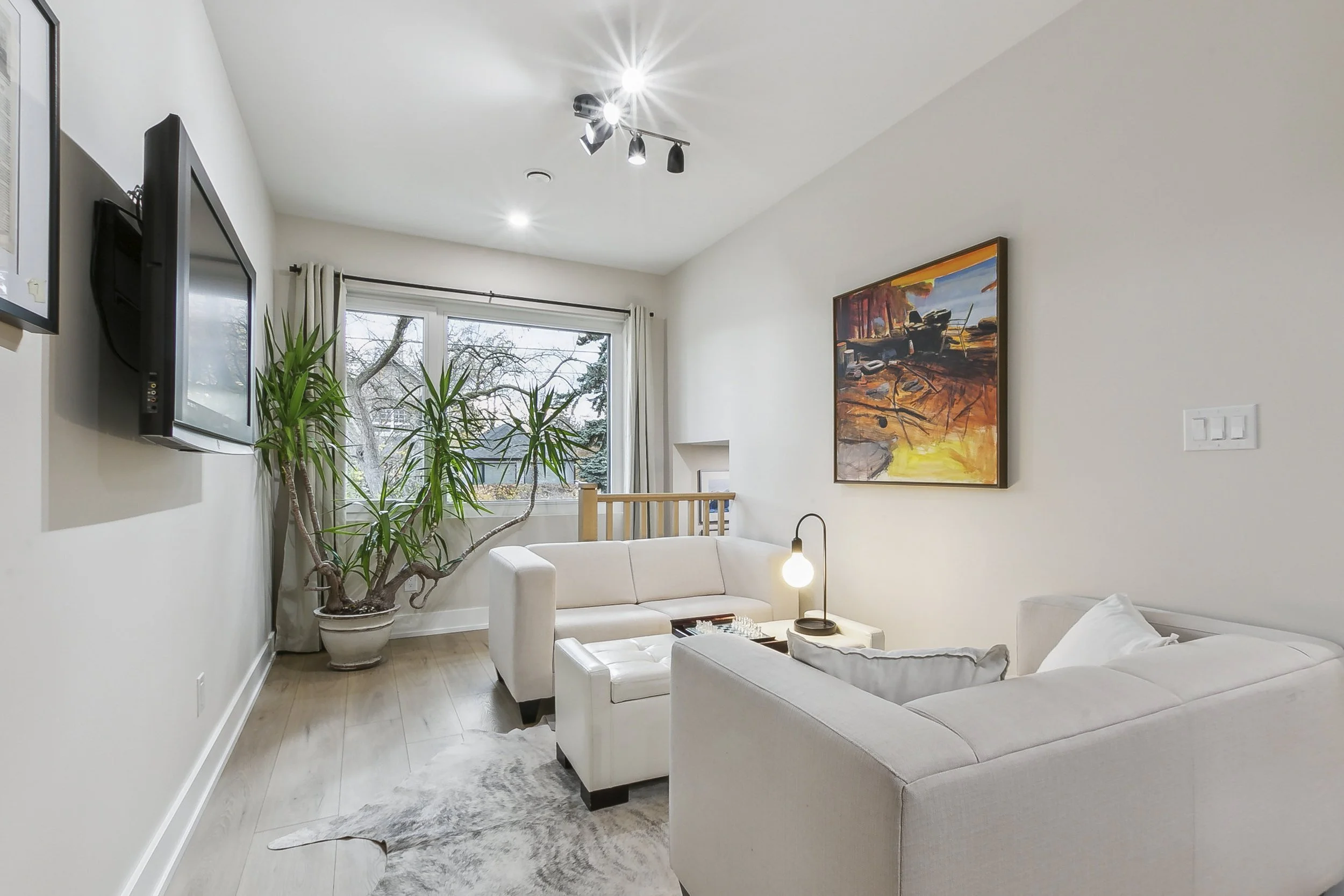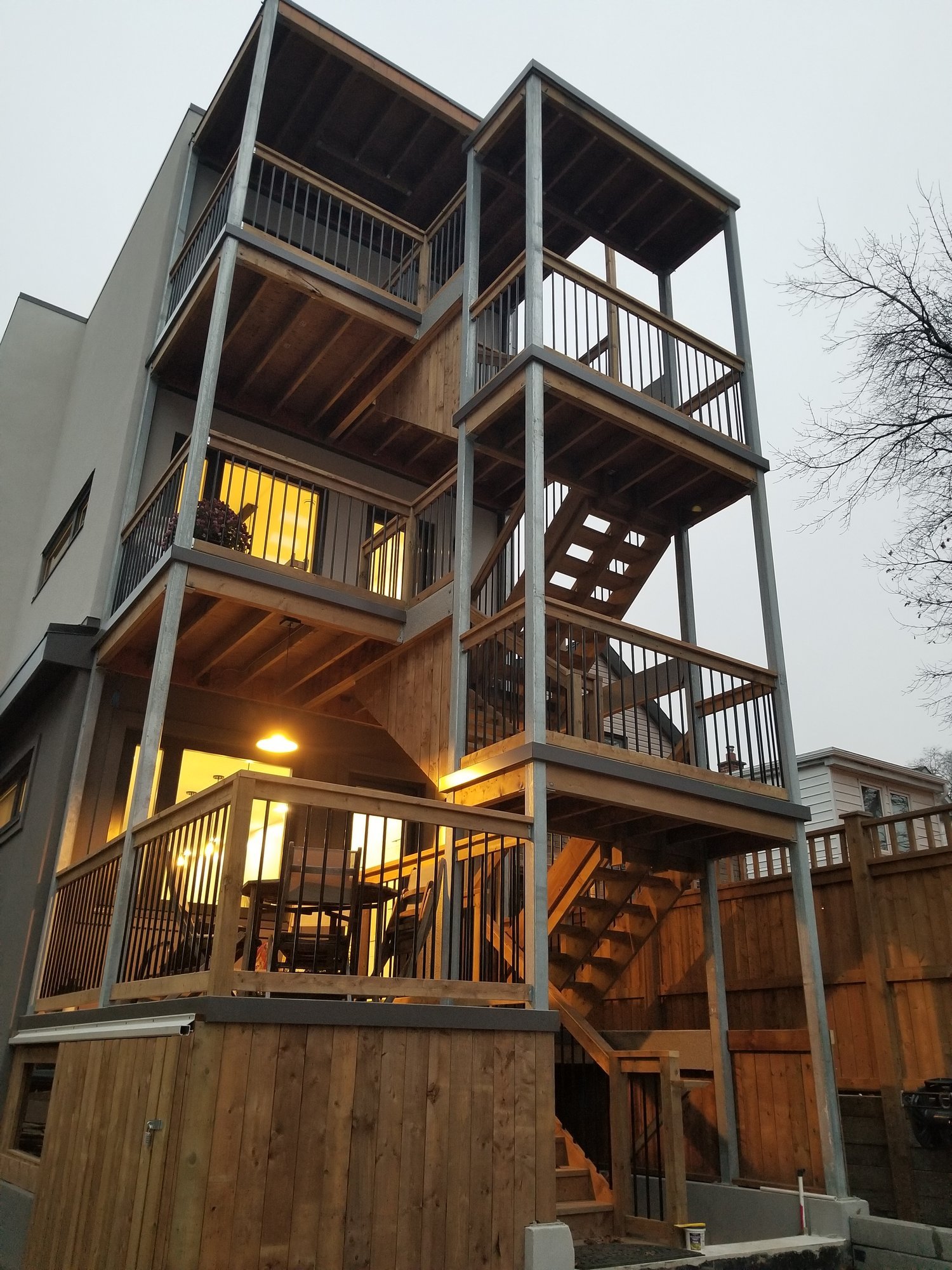Flexplex | Modular, Sustainable, and Adaptable Building Solutions
A Modular Building System for a Sustainable Future. The all-electric model home exemplifies the potential for a residential building to embody low-carbon principles, energy efficiency, and exceptional spatial flexibility.

The FlexPlex, all-electric model home demonstrates that a residential building can be low-carbon, energy-efficient and highly flexible in the way the space is configured.
What makes the flexible design so unique is that everything required to quickly and easily reconfigure the building from one layout to another is built right into the walls and floors.
The residence can be an eight bedroom/bathroom home with several kitchens supporting a multigenerational family or co-living. Alternatively, the same building can be configured as four 2-bedroom rental units.
Other options are a Duplex or Triplex configuration. The model home is built as a Duplex with the owner of the building living in the lower two-level two-bedroom suite. The upper two-level three-bedroom unit is rented to a family.
With changes to Toronto’s bylaws, allowing 4-plexes as-of-right, the owners are contemplating converting the upper unit into two apartments.
Photography by Catherine Marshall and Odyssey 3D











With the FlexPlex, the familiar Generation Z and millennial rant about spending one’s entire life as a renter may also become a piece of misinformation. Like the immigrant families of the postwar period, a building such as this could support four young couples, or a young couple with small children and a set of downsizing parents to provide babysitting services. And, Ms. Marshall says, if a “strata title” is drawn up at the beginning – which basically turns the building into condominiums – then “everybody has the flexibility to make their own decisions on exit[ing].”
“Everybody in the city is talking about the housing crisis, and the impetus is just to build more, faster,” Mr. Dowsett says. “This building goes one step further and builds it better … there are low embodied carbon materials in the building, and there are very low carbon emissions … all of these movements recognizing that there’s a housing crisis, they’re not simultaneously recognizing that there’s a climate crisis.”
The Architourist, Dave LeBlanc
The Globe & Mail
December 5, 2023
